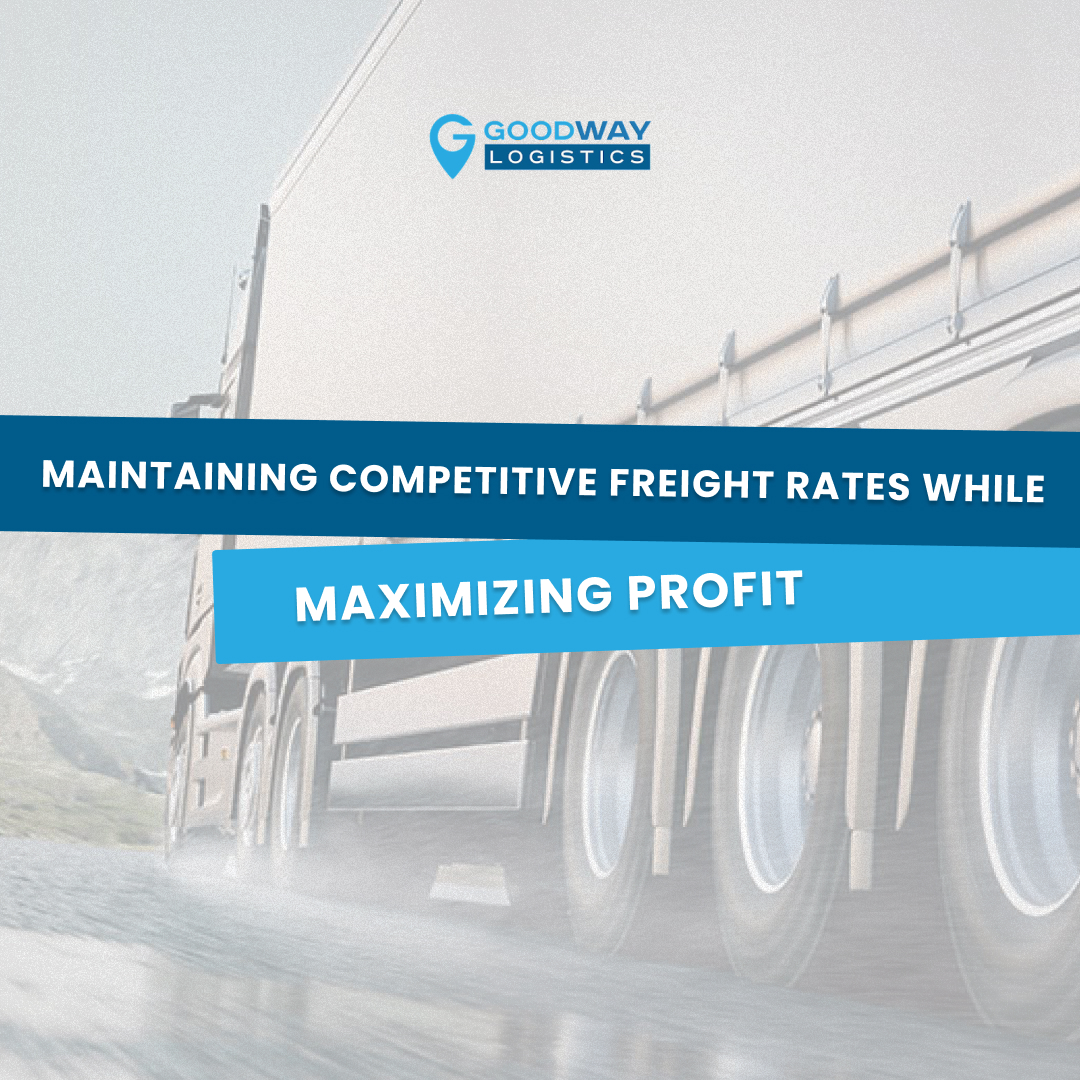In the ever-evolving landscape of logistics and transportation, striking the right balance between competitive freight rates and profit maximization has become a paramount challenge for businesses. The success of a company in this domain hinges on its ability to navigate the delicate interplay between these two crucial aspects.
Competitive freight rates are essential for attracting and retaining clients in the highly competitive market. Shippers are continuously seeking cost-effective solutions for their transportation needs, and offering rates that are competitive within the industry is a fundamental requirement. However, setting low rates solely to outbid competitors can lead to a race to the bottom, eroding profitability and undermining service quality.
To maintain competitive freight rates while simultaneously maximizing profit, several strategies can be employed:
Efficient Route Planning: Utilizing advanced route optimization technology can help minimize fuel consumption, reduce transit times, and enhance resource utilization. This leads to cost savings that can be passed on to customers without sacrificing profitability.
Dynamic Pricing Models: Implementing dynamic pricing based on real-time factors such as fuel prices, demand-supply fluctuations, and market trends can help adjust rates to the current economic environment, ensuring competitiveness while preserving profitability.
Economies of Scale: Leveraging economies of scale through consolidation of shipments or utilization of larger transport vehicles can reduce per-unit transportation costs, enabling competitive rates while maximizing the utilization of resources.
Technology Integration: Investing in technology solutions like Internet of Things (IoT) sensors and telematics can optimize fleet management, reduce maintenance costs, and improve overall operational efficiency, contributing to cost savings that can be reflected in competitive pricing.
Value-Added Services: Offering additional services such as real-time tracking, shipment insurance, or specialized handling can justify slightly higher rates while providing customers with added value and a reason to choose your services over cheaper alternatives.
Long-Term Partnerships: Building long-term partnerships with clients can lead to more stable business relationships, allowing for negotiation of mutually beneficial rate structures that align with the client's needs and your company's profitability goals.
Data-Driven Decision Making: Utilizing data analytics to gain insights into customer behavior, operational efficiency, and market trends enables informed decision-making. This, in turn, aids in setting competitive rates that reflect both market realities and profit objectives.
Continuous Improvement: Regularly reviewing and refining operational processes to identify inefficiencies and cost-saving opportunities is essential. This iterative approach ensures that the company remains competitive without compromising profitability.
In conclusion, achieving a harmonious balance between competitive freight rates and profit maximization necessitates a strategic approach that combines efficient operations, technology adoption, customer-centric services, and data-driven insights. A successful transportation company thrives by providing value to its customers while making sound financial decisions that sustain its long-term viability.


